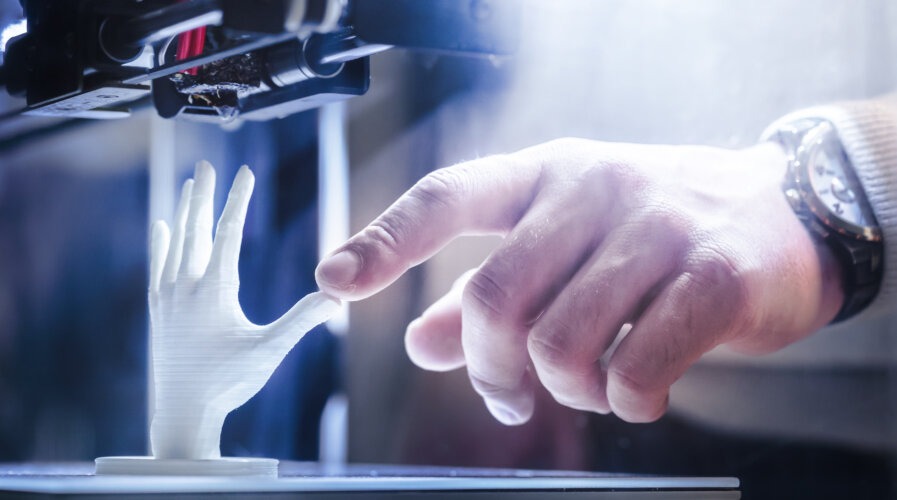Introduction
3D printing technology has rapidly evolved in recent years, expanding its applications from industrial manufacturing to everyday consumer use. In this article, we will explore the remarkable advancements in 3D printing and how it’s changing the way we produce objects and innovate across various sectors.
Industrial Revolution 4.0
3D printing has become a cornerstone of Industry 4.0, transforming manufacturing processes worldwide. Additive manufacturing techniques allow for the creation of complex, customized, and lightweight structures that were previously unattainable with traditional manufacturing methods. Industries like aerospace, automotive, and healthcare are adopting 3D printing to produce components and devices with unparalleled precision and efficiency.
Healthcare and Bioprinting
In the realm of healthcare, 3D printing has ushered in a new era of personalized medicine. Bioprinting, a subset of 3D printing, enables the creation of living tissues and organs. Researchers are making significant strides in printing functional organs, such as hearts and kidneys, which could revolutionize transplantation and reduce organ shortages.
Consumer 3D Printing
3D printing is no longer limited to industrial and medical applications; it has entered the homes of consumers. Desktop 3D printers are becoming increasingly affordable and user-friendly, allowing individuals to create prototypes, custom products, and even art from the comfort of their homes. From personalized phone cases to intricate figurines, the possibilities are endless.
Sustainable Manufacturing
3D printing offers sustainability benefits by reducing material waste in production. Traditional subtractive manufacturing methods often generate excess material that goes unused. In contrast, 3D printing adds material layer by layer, minimizing waste and environmental impact. This eco-friendly approach aligns with growing environmental concerns.
Challenges and Ethical Considerations
As 3D printing becomes more prevalent, ethical considerations come to the forefront. Issues such as intellectual property rights, safety regulations for consumer-grade printers, and the potential misuse of technology for 3D printing weapons must be carefully addressed. Striking the right balance between innovation and responsibility is crucial.
The Future of 3D Printing
The future of 3D printing is filled with exciting possibilities. We can anticipate further advancements in materials, enabling the production of more durable and functional parts. Moreover, increased automation and integration with other technologies, such as Artificial Intelligence (AI), will streamline the design and printing process.
Conclusion
The advancements in 3D printing have transcended traditional manufacturing boundaries, impacting industries, healthcare, and even our daily lives. This versatile technology is democratizing innovation, offering sustainable solutions, and presenting both opportunities and challenges on the road ahead. As we navigate this transformative era, it is crucial to address ethical concerns while harnessing the immense potential of 3D printing.

